
|
Vol 77 |
Page 13 |
Privacy Policy | Editorial Policy | Profit Policy | Join the Association | List of Members | Contact us | Index | Links
Back Go to page: 1 2 3 4 5 6 7 8 9 10 11 12 13 14 15 16 17 18 19 20 Forward
Some of the pics on this page have been crunched to allow the page to open quicker - you can get the HD version by clicking the pic.
Contents
Australian Defence Industry Capability.
Australian Defence Industry Capability.
Kev Carroll AM
Former Executive Officer, ASBDN, AIDN-NSW. AIDN National & AIDN-Qld
Recently – over the past several years – we have heard a lot about developing and growing the capability base in the Australian Defence Industry. This has been prompted by increasing pressure from industry and from entities which advocate for the defence industry, especially small-to-medium enterprises, (SMEs). The focus on the local defence industry has been sharpened by the scope of major equipment acquisitions, such as the F-35, new Frigates and the replacement Submarine – TBD !!
Even though the bulk of our major defence equipment acquisitions consist of items which are designed and produced in other countries – USA, UK, France, Germany and others, these platforms and systems will form a significant portion of the ADF inventory for many decades. Consequently, ongoing support – MRO (Maintenance, repair, overhaul) – will have to be provided from local sources. A small proportion of this will come from within the ADF, however, increasingly, Australian Defence Industry will provide the bulk of support services.
The fact is that, while the ship, tank or aircraft is recognised by its form, and propulsion, the systems housed by these vehicles are the critical elements. These on-board operational systems define the capabilities which are needed within the defence industry.
While Australia has excellent alliances with powerful nations, such as the UK, US, India and Japan; regional and certainly international conflicts, will most definitely restrict, or prevent any long term support or assistance from those sources. Current world events and potential aggression from within our region, have provided a much-needed wake-up call highlighting the need for maximum capability in our defence industry, to ensure the highest level of self-sufficiency and sovereign independence.
Over the past 40 years there have been numerous government schemes aimed at increasing industry involvement in the supply and support of the ADF inventory. Unfortunately these have been without substance and poorly managed, hence the cost has been high and the effectiveness extremely low. In most cases the form and implementation has been left to the supplier – mostly offshore entities - who respected the requirement, but then offered lower cost, if offshore affiliates were used in preference to Australian companies.
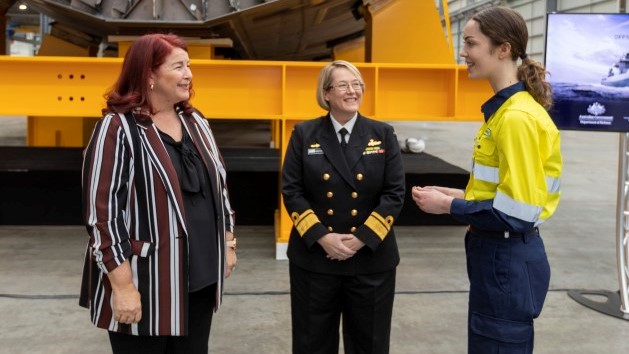
The financial elements then came into play and introduced the ‘value for money ‘approach. Naturally, the low cost won out when all other aspects were equal. The responsibility of the ADF/Project Team was to meet the requirement, without any concern for Australian industry participation. In fact, for many years the ADF, generally, had little faith in the local defence industry and preferred offshore contractors, however, in typical Australian fashion, our industry remained stoic and set out to demonstrate the reliability and capability of Australian industry to supply sophisticated services and high-tech systems to the ADF.
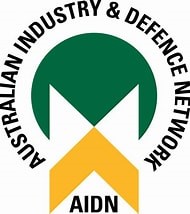
Fortunately, Government and Defence now recognise the urgent need for the maximum level of self–sufficiency and capability within our defence industry. Consequently, the AIC (Australian Industry Capability) program is now applied to all major acquisitions and is a contractual commitment, however, there are challenges for the defence industry, even with the AIC regulations being in place. Many of our defence industry companies are genuine SMEs and, as such do not have the resources to research and meet their obligations to Prime contractors in the AIC environment. This is where the Australian Industry Defence Network (AIDN) has an important role.
AIDN evolved from the ASBDN (Australian Small Business Defence Network) which was established in 1994 with the task of advocating on behalf of SMEs and providing an interface between Defence and Industry. This initiative was supported by the Industrial Supplies Office (ISO) – the Industry Capability Network (ICN) and funded by the NSW Government. Membership consisted mainly of NSW based SMEs, with some Vic companies on board. In the first year of operation membership grew from single figures to over 30 companies. At that stage it was realised that maximum effectiveness could only be achieved via a national, rather than state-based voice! This gave rise to the formation of AIDN in 1995, with NSW, Vic and Qld as initial members. The other States and Territories came on board over the next couple of years. The result was that SMEs had a strong advocate and a national voice.
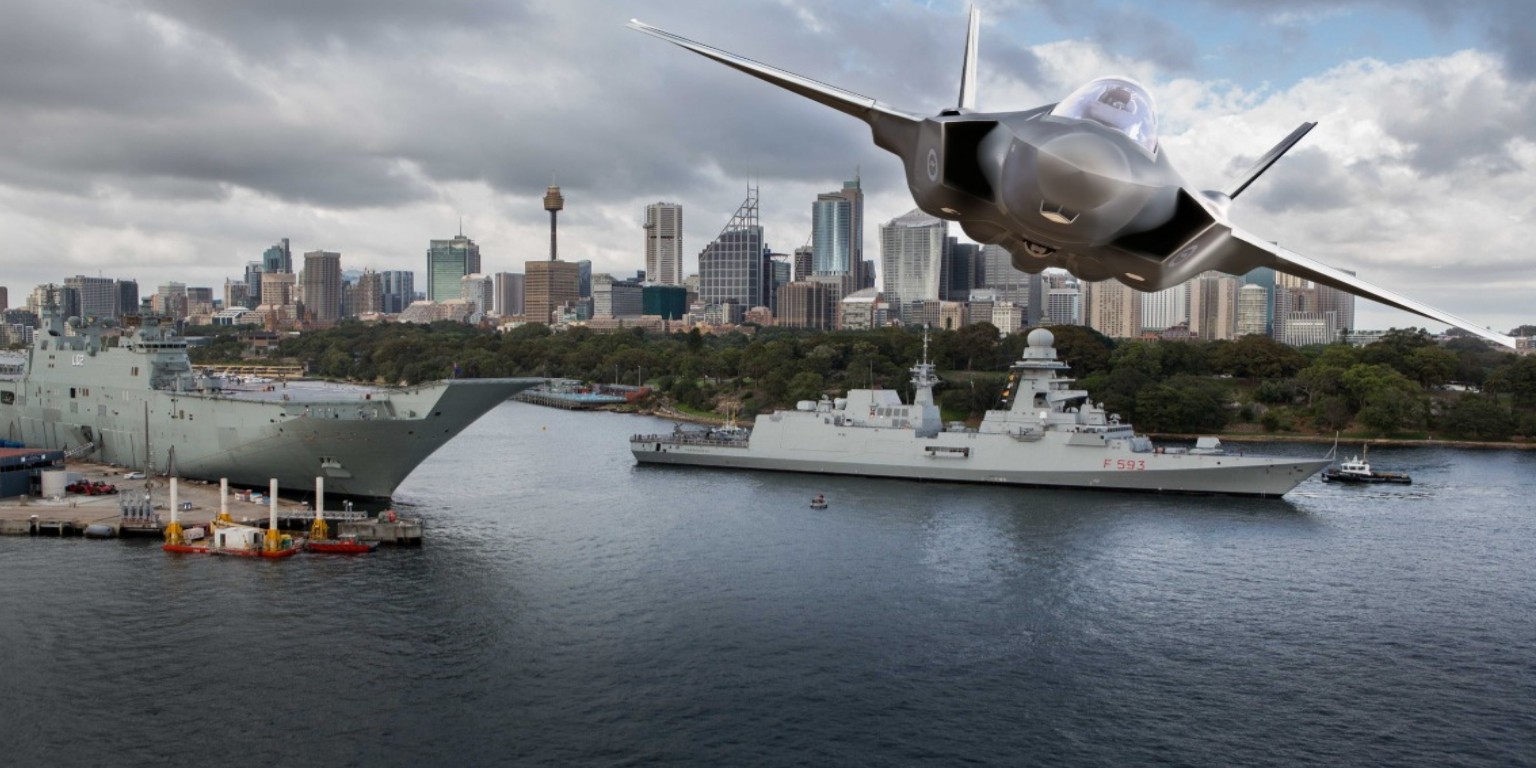
State bodies were co-ordinated under a National Executive for the next 15 years when the organisation achieved the original goal of being a National Network. AIDN remains strictly Defence Industry focussed and claims over 800 company members. Membership is principally SMEs, however, most Australian based prime contractors have joined, on invitation, which has proven to be mutually beneficial to both SMEs and primes.
AIDN can boast many successes, including the lowering of the Program dollar value, which triggers local involvement, and the ensuing AIC program. Australian defence industry companies have received a much greater level of recognition and support over the past ten years, however, there is still much to do by way of achieving, and maintaining the highest possible level of capability. One of the hurdles is FMS (Foreign Military Sales ).
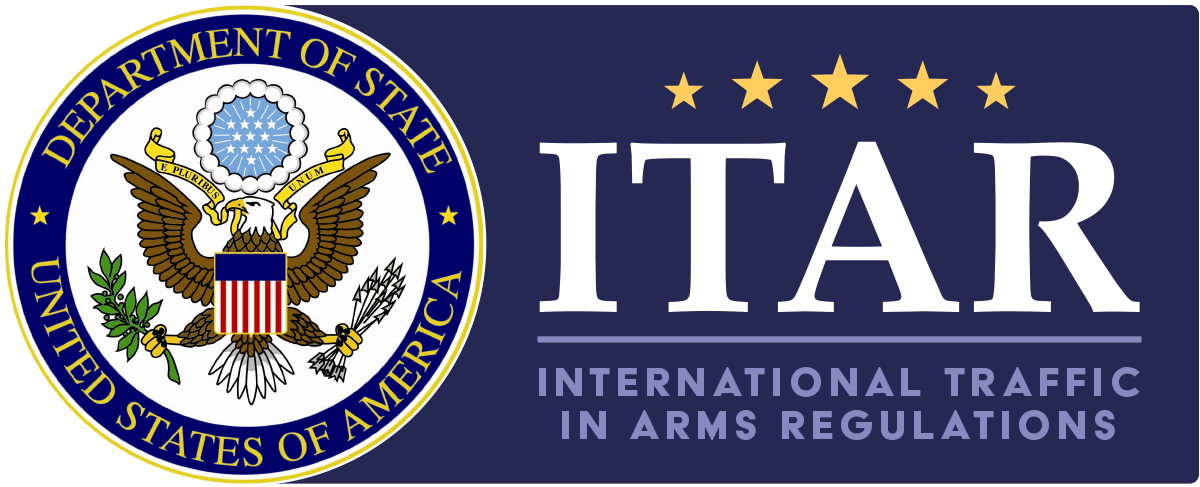
FMS is a USA program which enables foreign governments to procure military assets from the US Department of Defence, without the need to go through the many steps required to specify, analyse and manage purchases. In brief terms the US does all the work, even to the point of developing and providing logistic and sustainment services. The down-side of FMS is that the buyer does not have the opportunity to negotiate with the OEM (Original Equipment Manufacturer) and is on the tail end of the queue for spares and support. Also, the buyer is obligated to the US ITARS regulations, which determine the operational use and disposal options available to the end user. Not a problem if the user is in lock step with the US – but ……… !
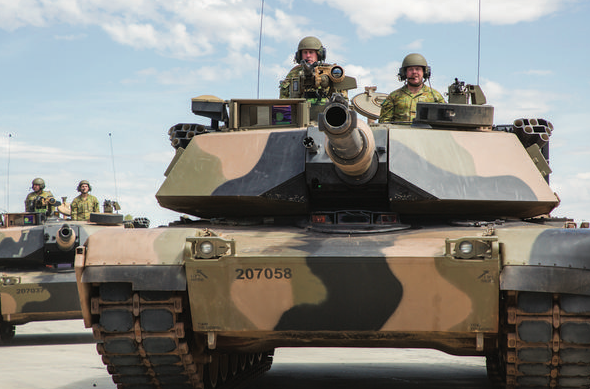
Many of the military platforms currently operated by the ADF, the largest being RAAF assets, have been procured via FMS. Great if you want an expedited acquisition, such as the C-17 or M-1 battle tank, but certainly not the cheapest and not beneficial to our defence industry in the long term. Consequently, unless AIC is applied – it isn’t in all cases of FMS procurement – the SME has little chance of being involved in the long-term sustainment. AIDN is well aware of this situation and continues to advocate for AIC to apply to all programs, regardless of value and whether commercial or FMS procurements.
In conclusion, the Australian Defence Industry has increased its capabilities and has grown significantly over the past two decades. Nonetheless, much remains to be done if we are to be able to support the ADF in a time of threat and isolation. Government programs, such as AIC, wax and wane and can be distorted, changed or eliminated depending upon political and corporate interests.
Industry, and dedicated organisations, such as AIDN, must remain strong and vigilant in order to support our ADF and protect our country.
Let’s have a moment of silence for all those who are stuck in traffic
on their way to the gym to ride stationary bicycles.
Vietnam.
Some time back we were sent a bunch of photos taken while the RAAF was in Vietnam. Unfortunately they remained hidden in our computer until recently when we were cleaning out a few duplicate files and came across them again. Here are a few of them, unfortunately we don’t remember from whence they came nor can we put names to all of them. Can you help?
Airman’s villa – 1965.
Airman’s villa – 1965.
Airman’s villa – 1965.
Airman’s villa – 1965.
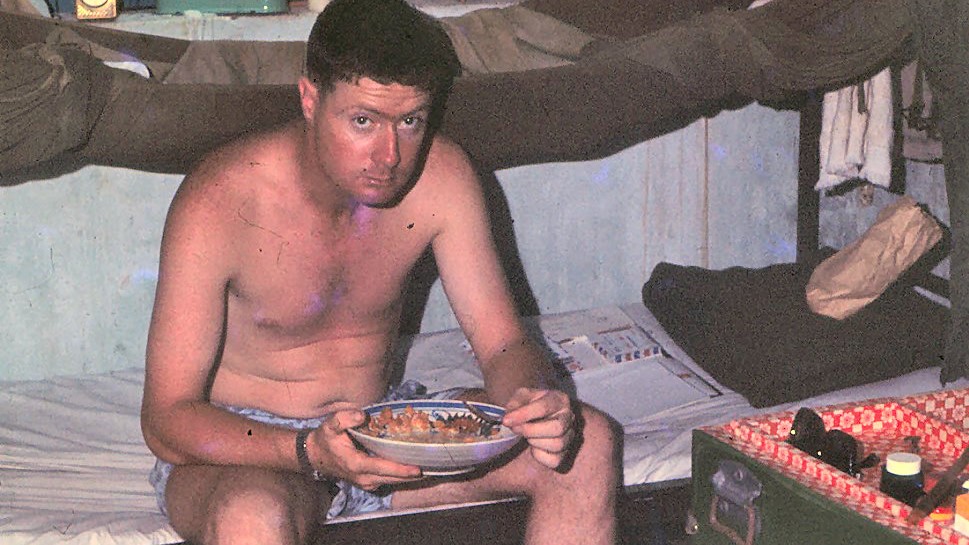
Bob Matthews eating his “home-cooked” evening meal. 1965.
%20Lane%20ADG%20writing%20home.jpg)
Mal “Blue” Lane writing home. 1965.
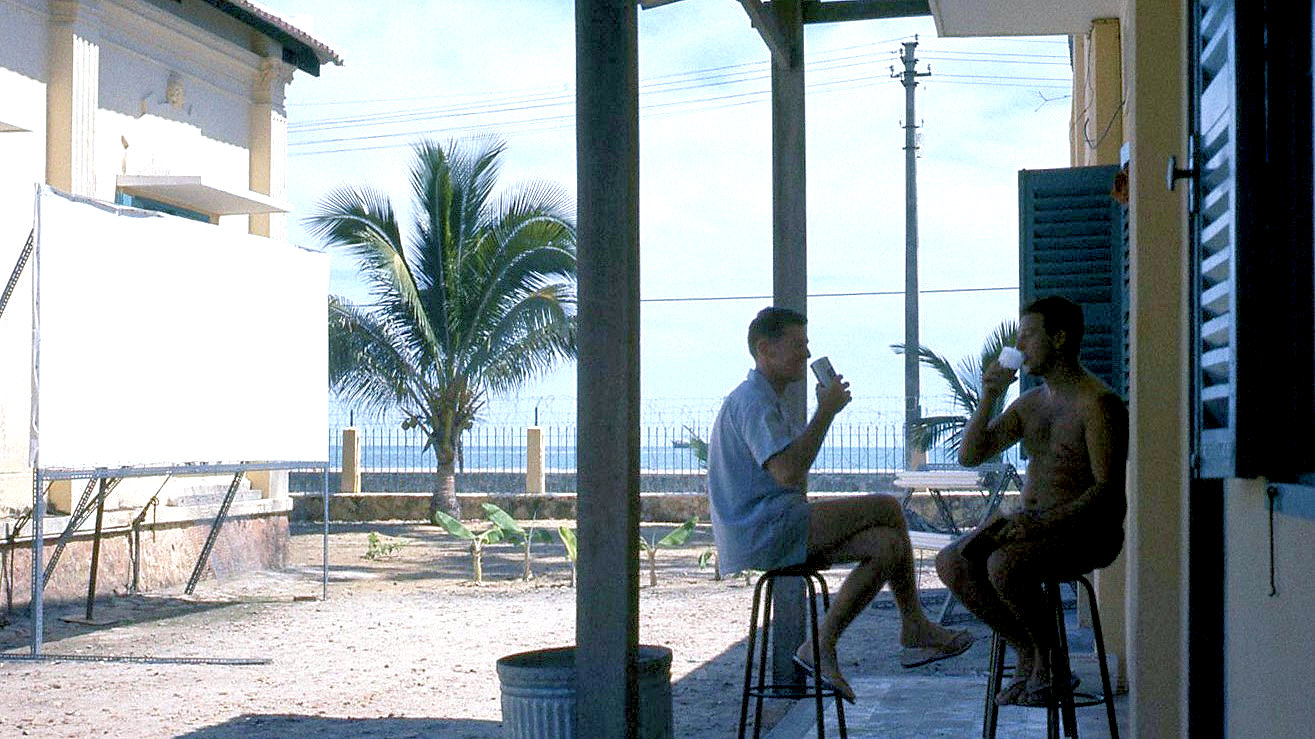
Settling the dust.
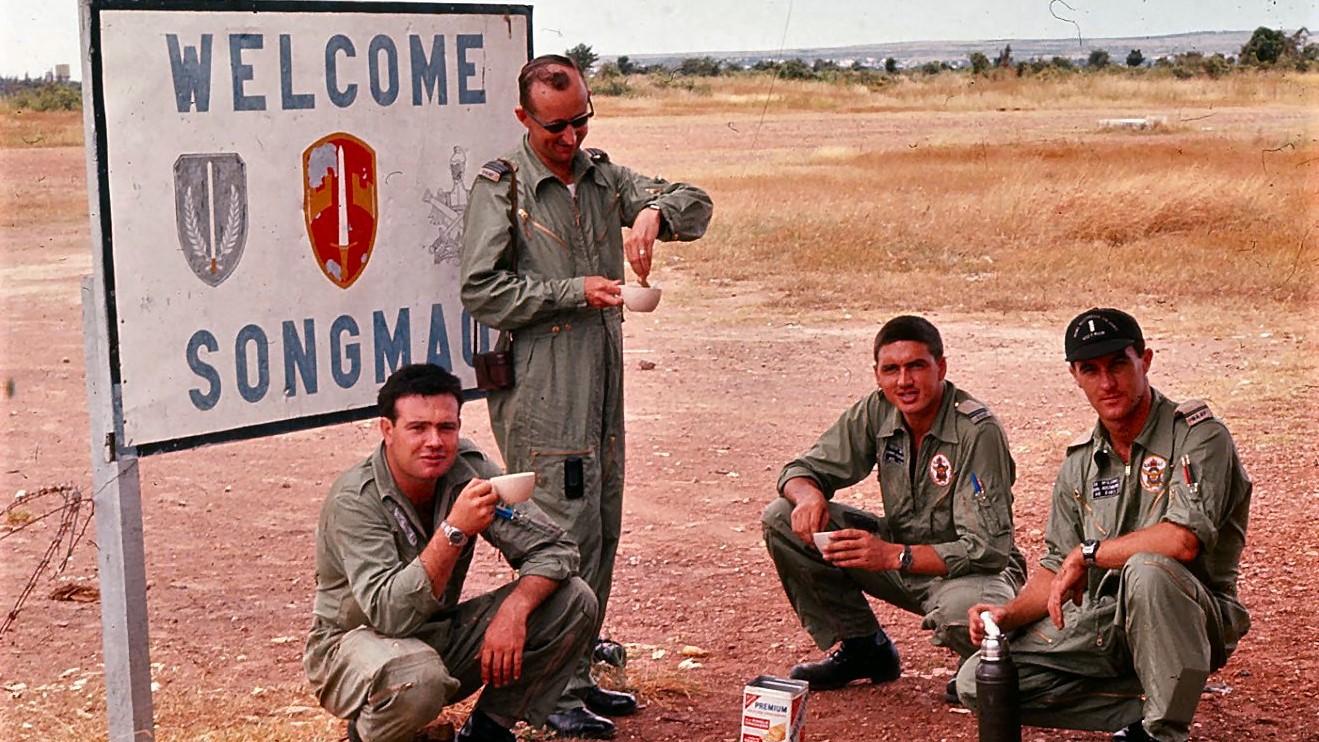
Jim Mercer (left) taking a breather between sorties.
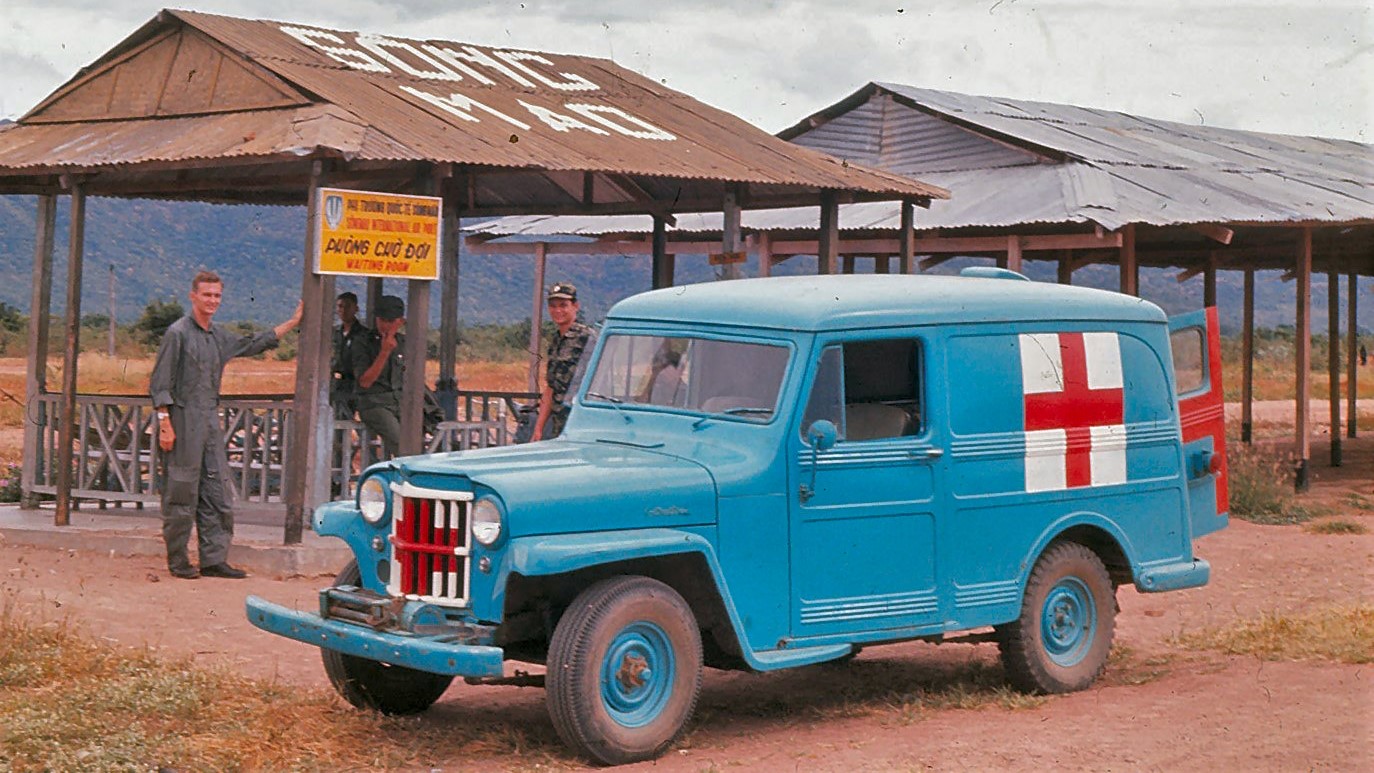
Song Mao airport terminal.
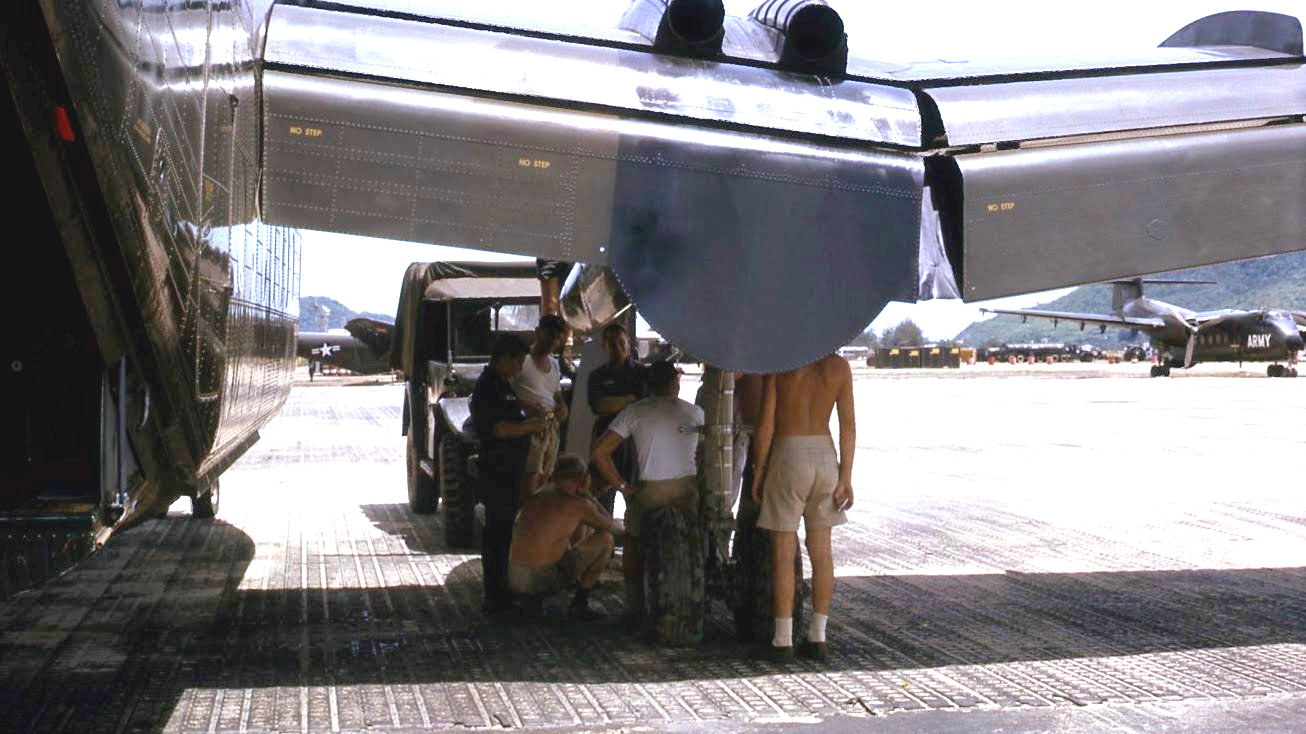
RTFV Framies doing secret Framie things.
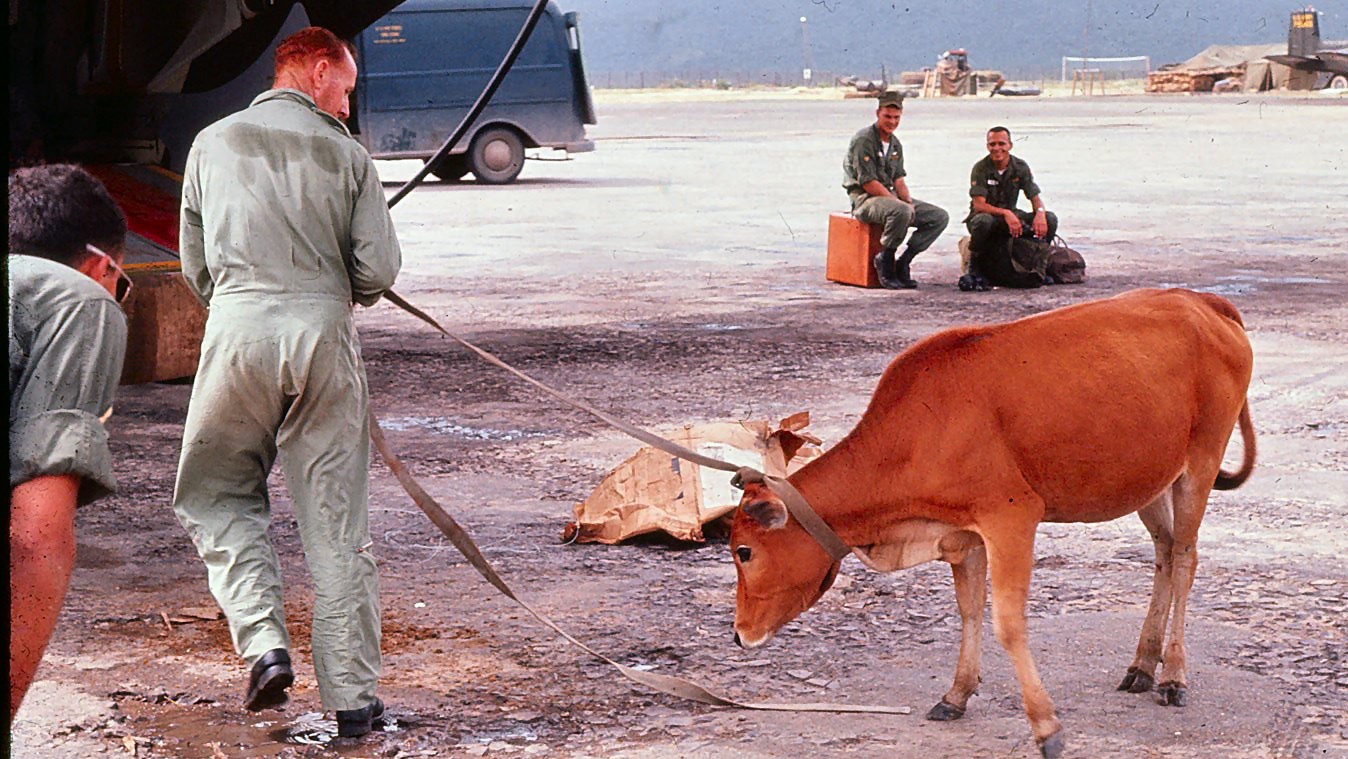
Fresh rations being loaded at Nha Trang.
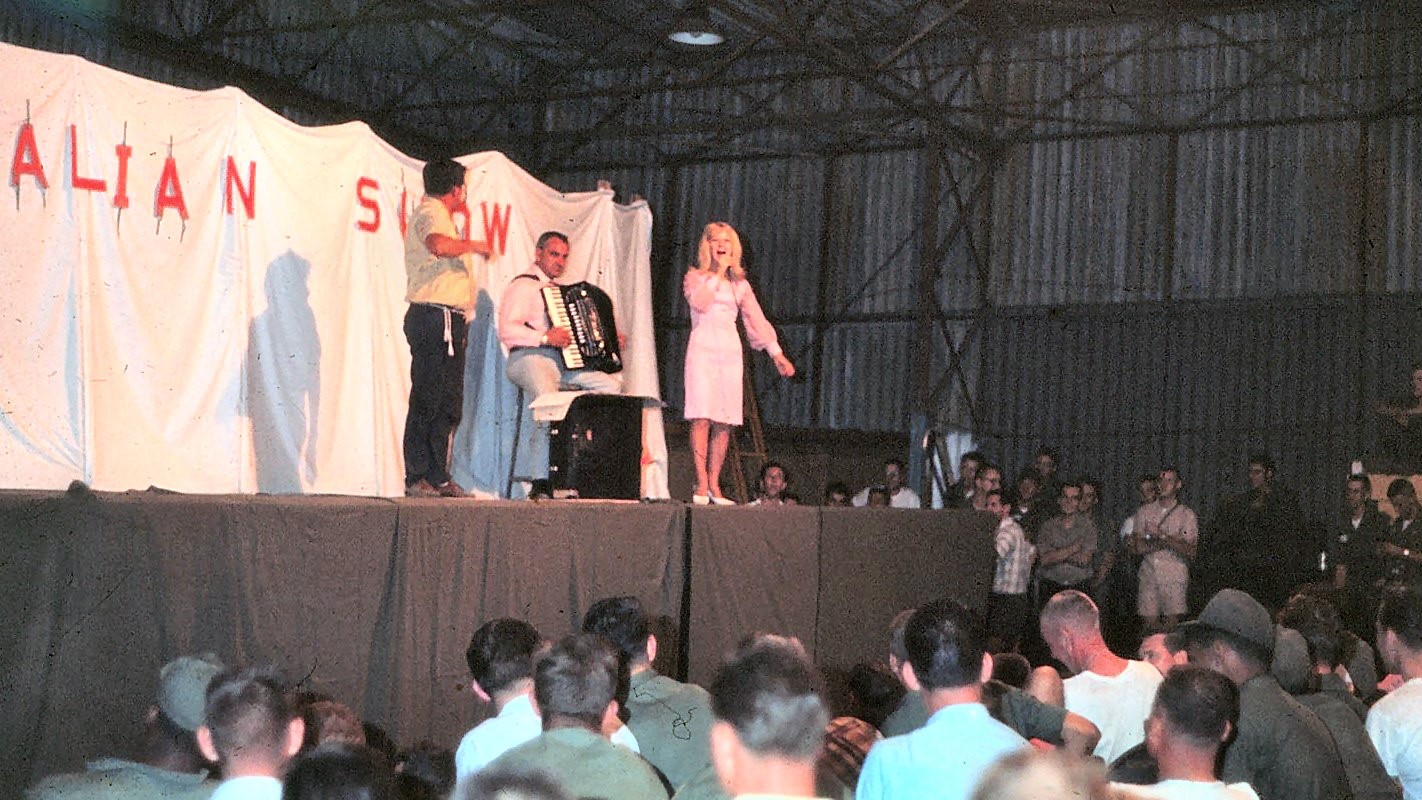
Bobby Limb troop entertaining the troops at Vung Tau.
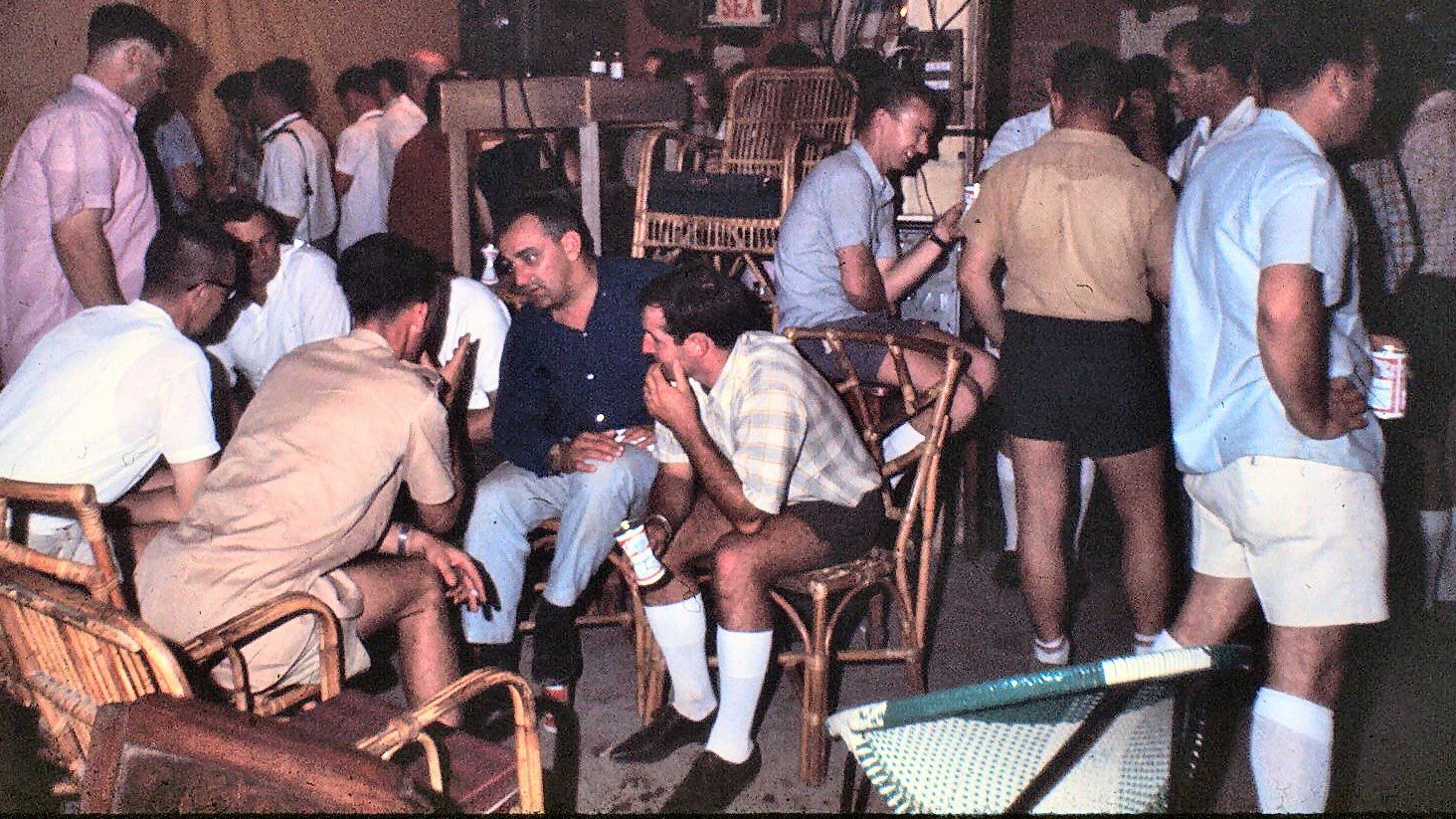
“Debrief” in the boozer at the Villa.
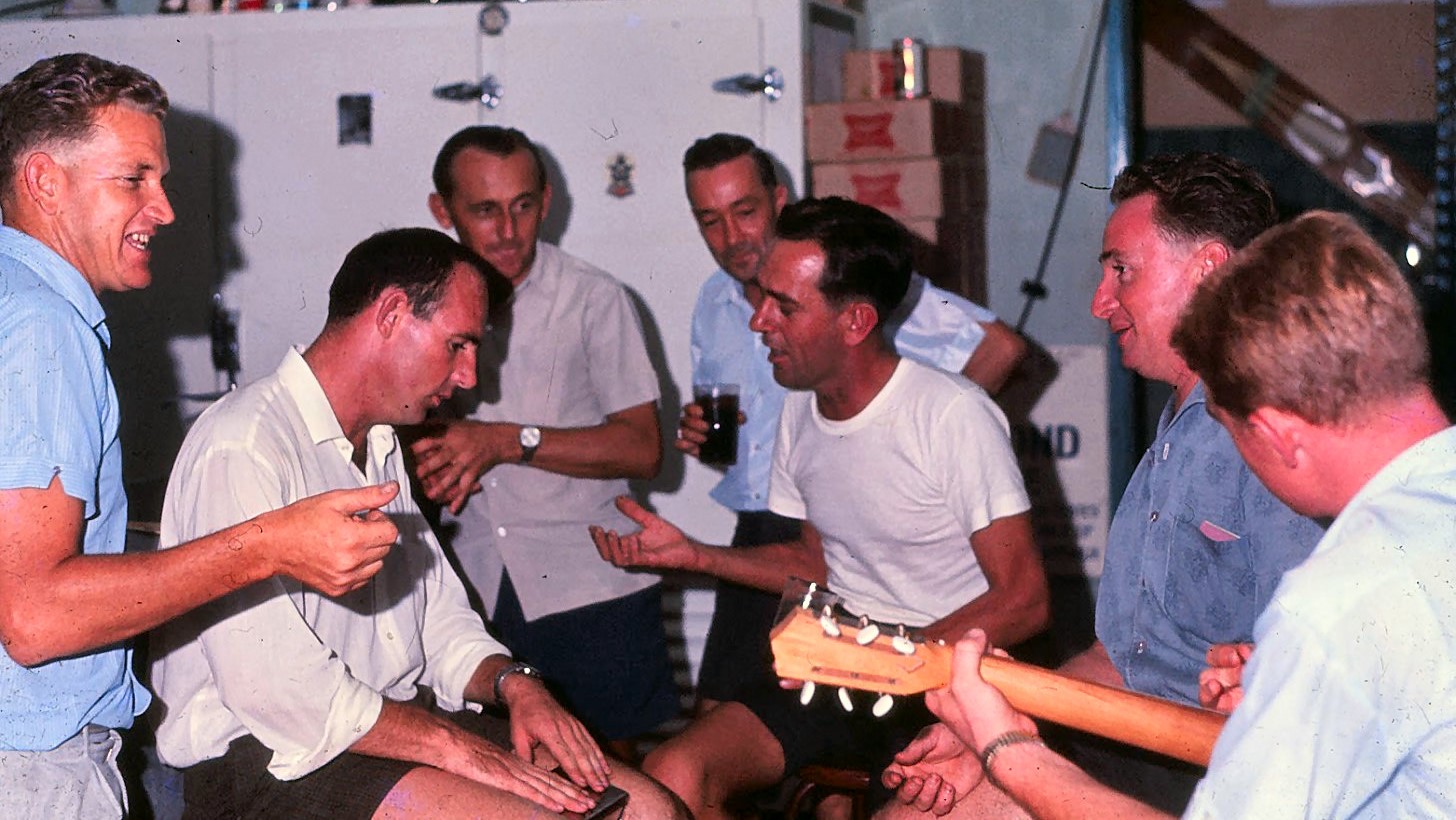
Syd Farmer on guitar. 1965.
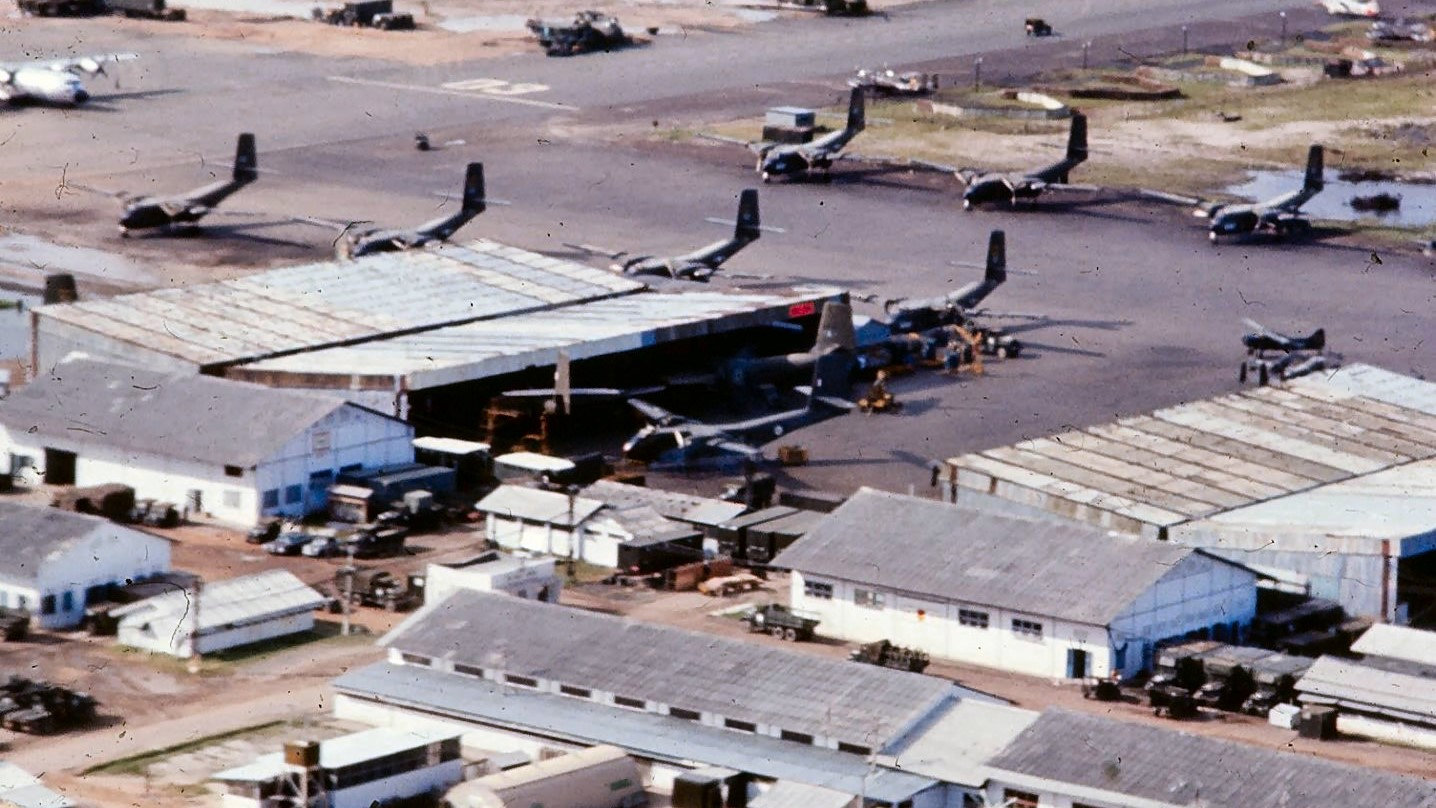
RTFV early HQ and hangar.
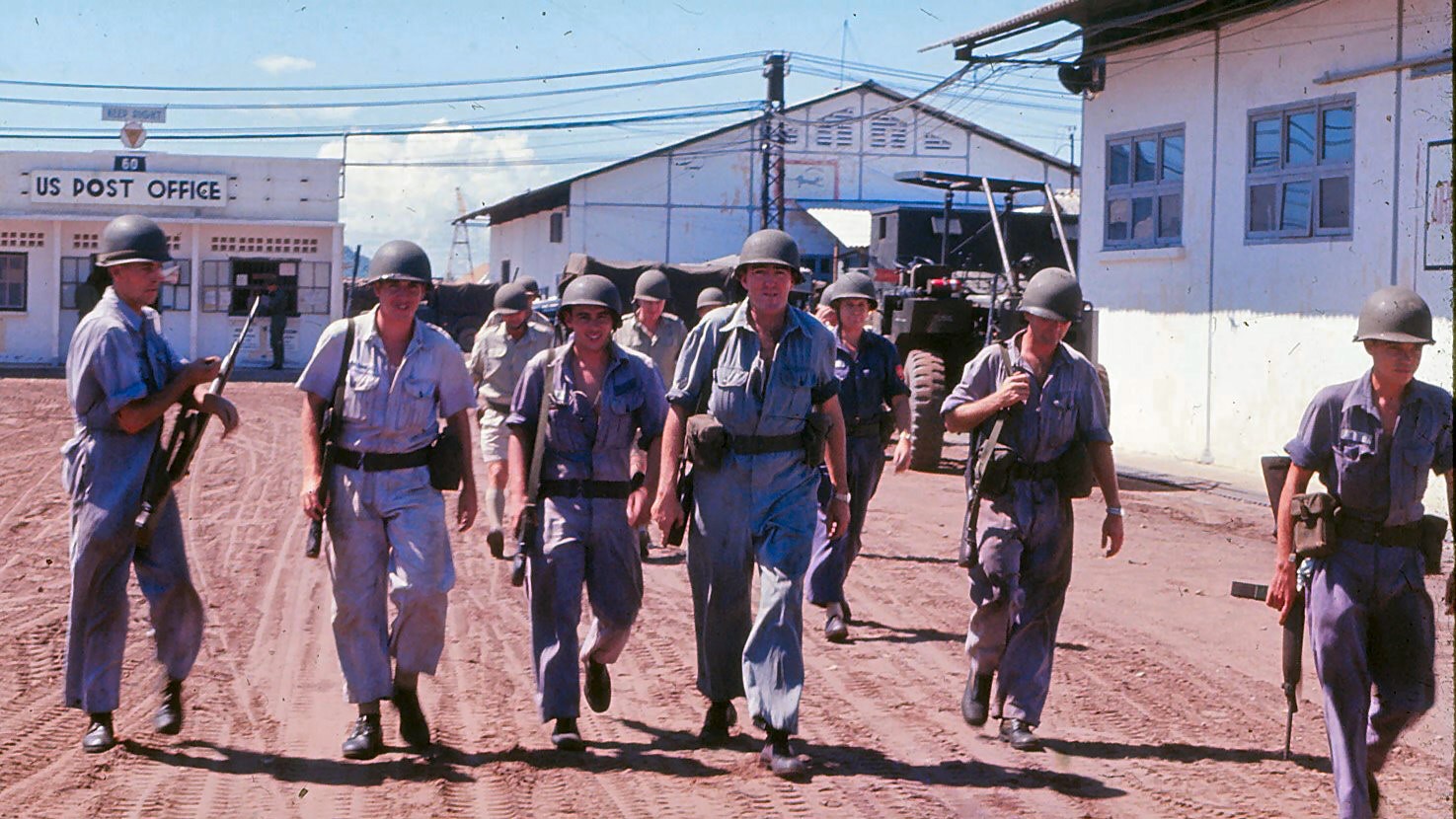
Troops off to face the savage hordes. Bob Adams, John McDougall, Jack Donlan.
After work barbecue at Back Beach 1965.
Duty Crew troops – on duty?
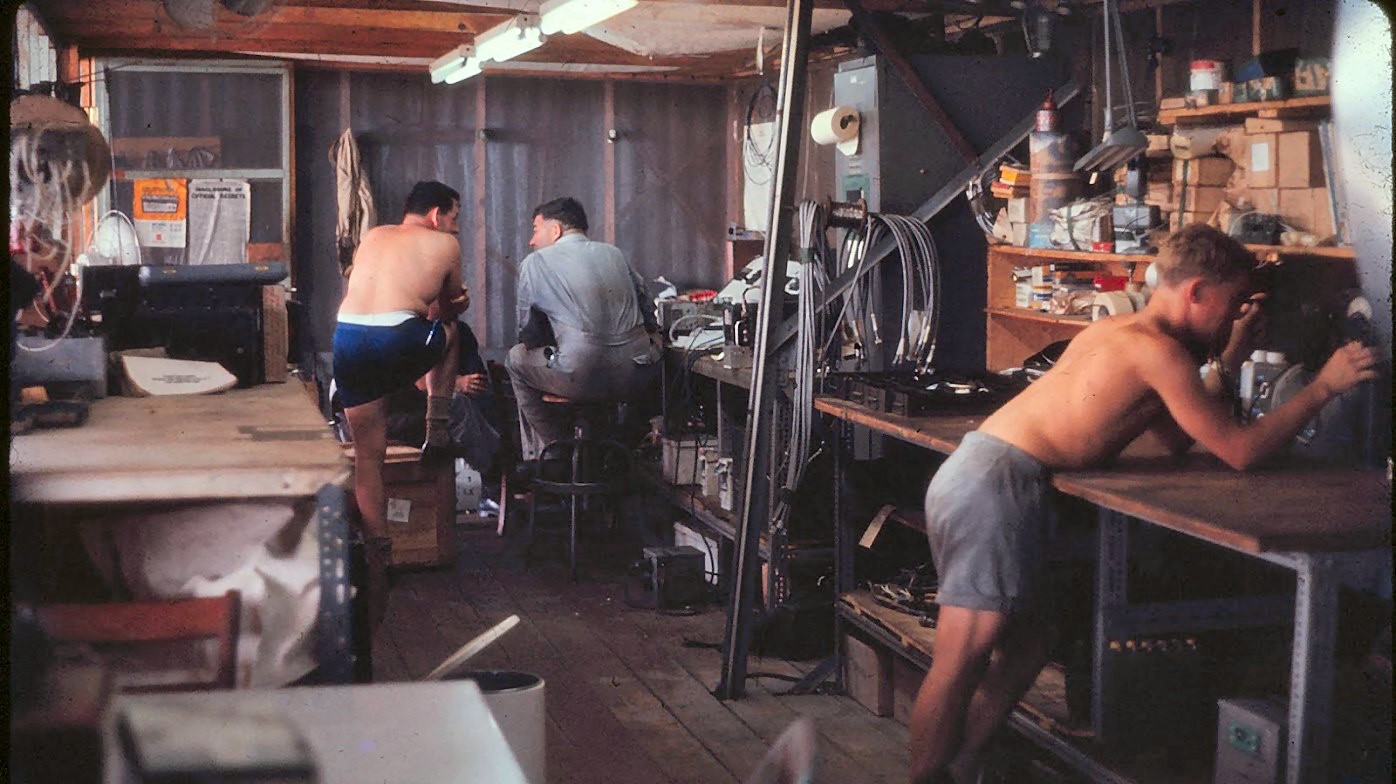
Elec and Radio section, RTFV 1965.
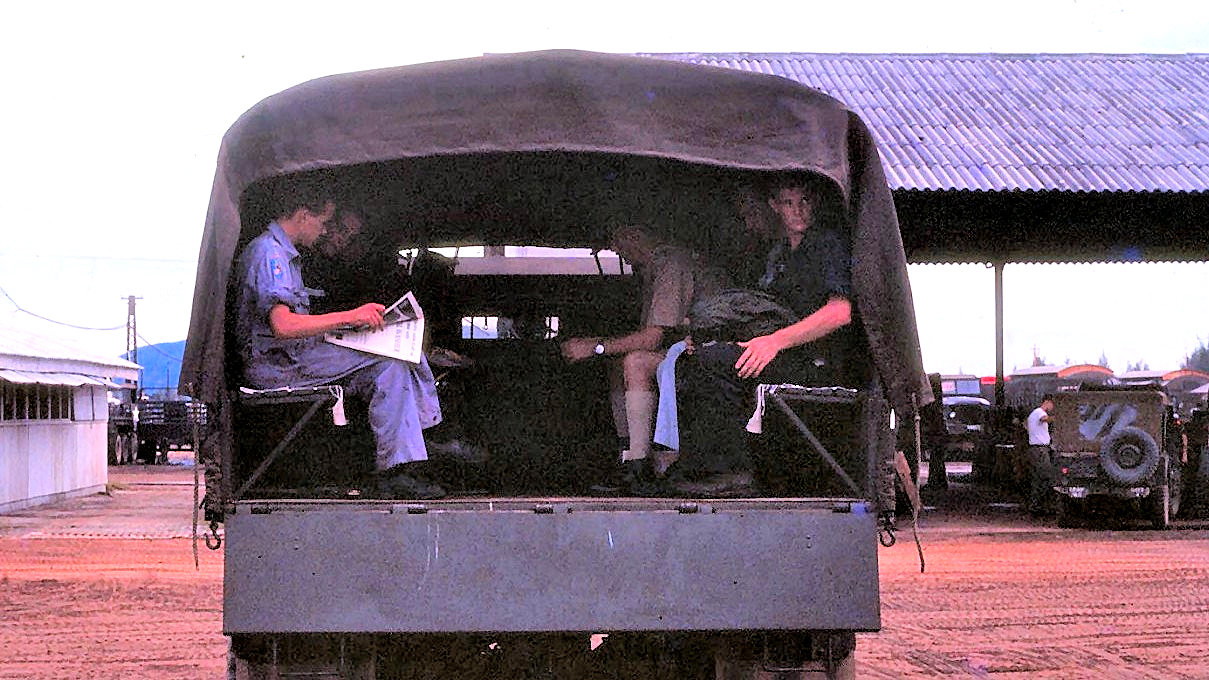
5pm transport back to the dongas.
Charlie Downes 1965
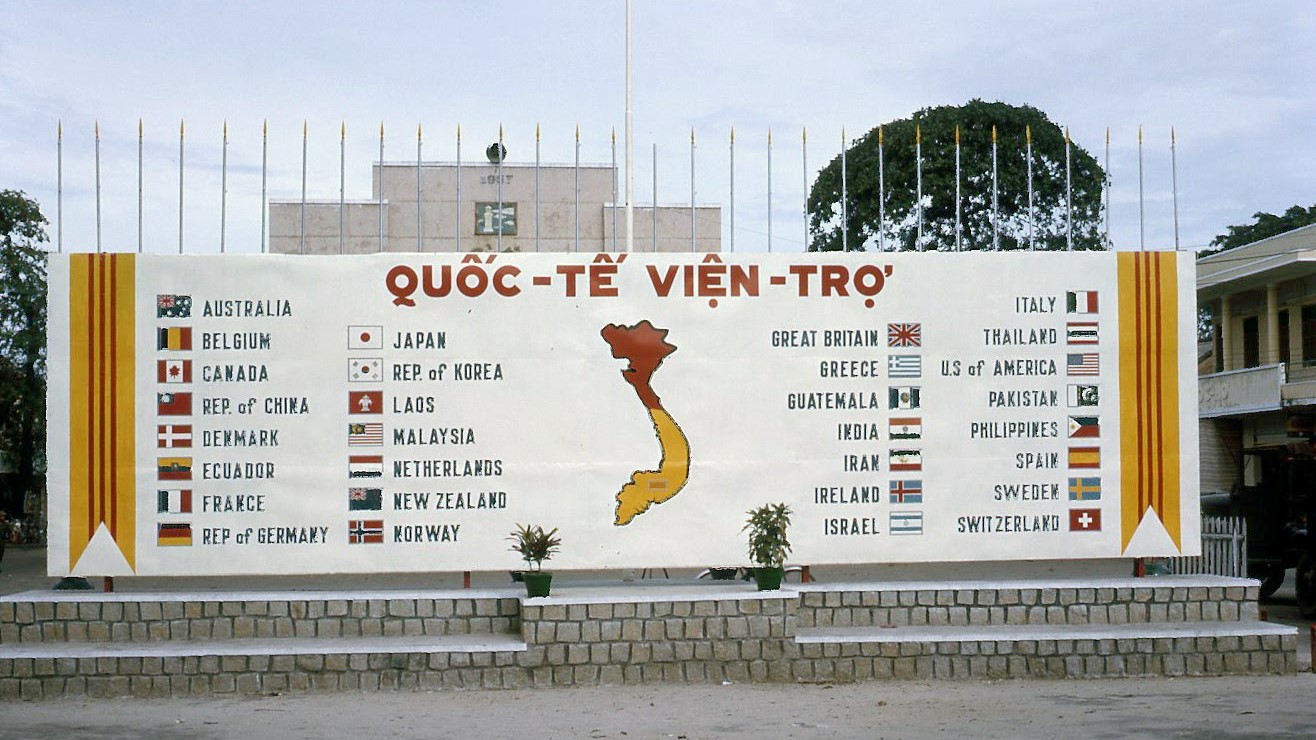
"The Flags" - down-town Vung Tau. Possibly the most photographed piece of South Vietnam.
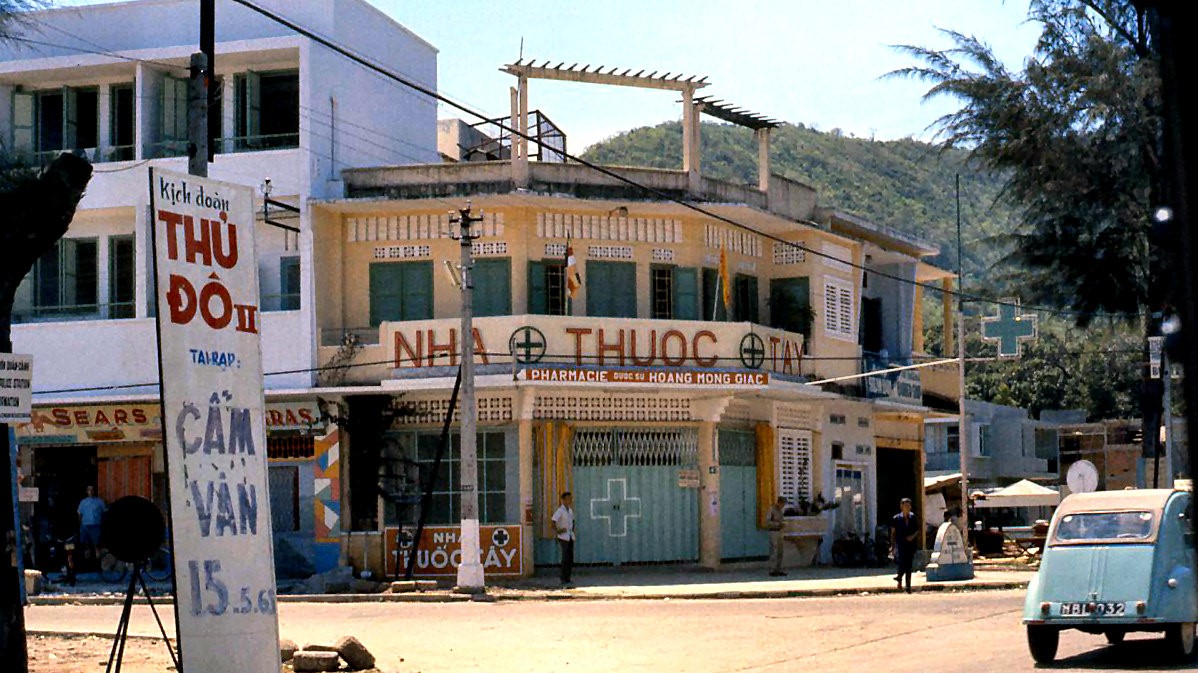
Downtown Vung Tau, 1965.
Front Beach – Vung Tau.
Front Beach, Vung Tau.
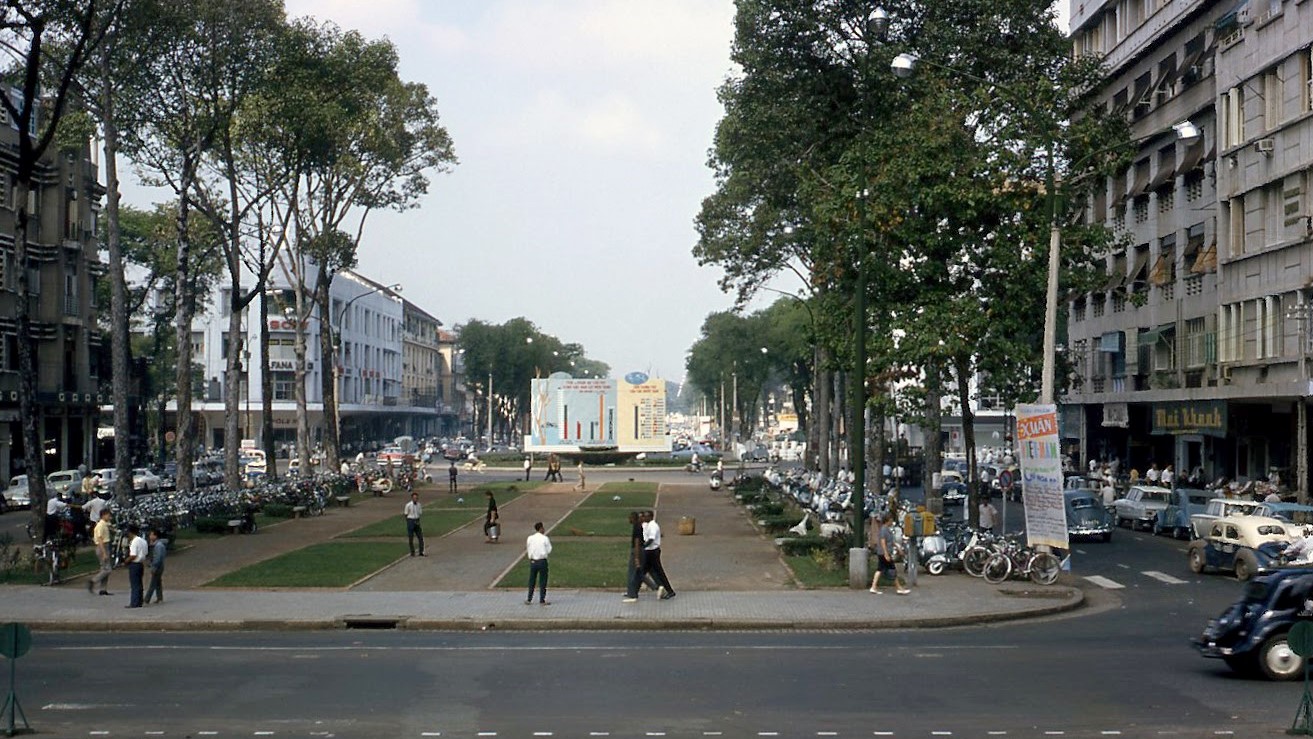
Saigon – 1965. The little Renault 750s ruled supreme.
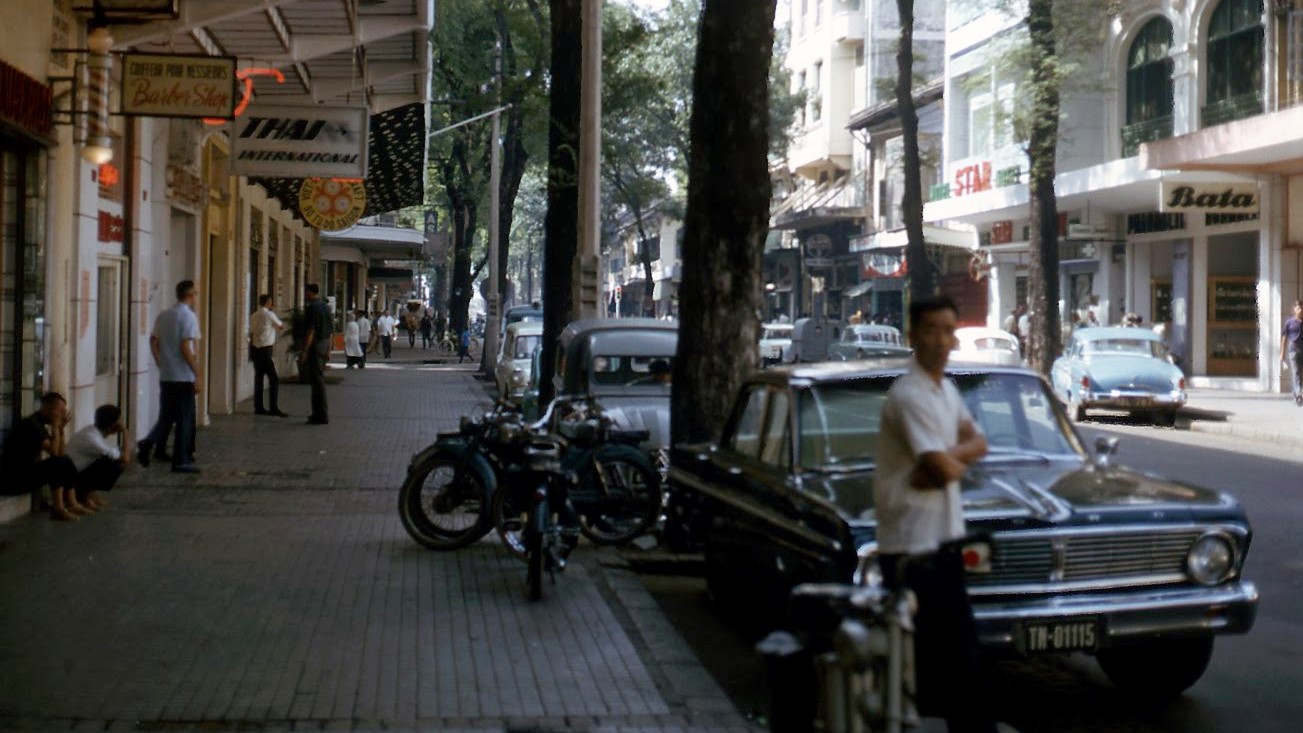
Saigon – 1965.
